
At a recent workshop someone asked how to demonstrate that they were successful and that the courses they built made a difference to the organization.
That’s a good question, especially in this economy because the training group is usually one of the first groups targeted when an organization needs to make some cuts to the budget. So we want to make sure that we’re providing real value.
E-Learning is Hot
The good thing is that right now, even with the struggling economy, elearning is a hot industry. This makes sense. For the organization looking to make cuts and still offer training, elearning is a viable option because it can reduce costs.

It’s one of the points we discussed in this post on why elearning is so effective. On top of that, there’s a convergence of mobile devices and remote workers. So elearning is at the forefront of this convergence.
In that sense, if you build elearning courses, you’re in a good industry and probably don’t need to worry about cuts as much as in the past. But let’s get back to the original question about demonstrating value.
Getting a Paycheck is a Good Indication of Success
Often we spend too much time trying to figure out the ROI (return on investment) of our work when that’s already been determined by the organization because they created your position and filled it with you.
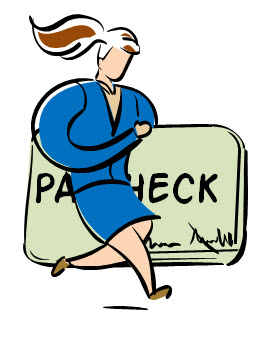
Are you getting paid? If the answer is yes, then that’s one of the best ways to measure your value. If you aren’t valued, you’d probably not have a job. And in that sense, it’s less about you determining your ROI and more about providing the value the organization expects from you.
Are Your Courses Aligned to Real Business Goals?
A common solution to meeting business goals is to offer more training. But training doesn’t always meet the organization’s goals. So it’s important to understand the organization’s goals and know where the course fits in meeting them.
Often a client wants a course but isn’t quite clear how the course actually makes a difference, other than the fact that the learner gets exposed to additional information. I always try to drill down to the expected results. After someone takes this course, what do you expect them to do? And then follow that up with, how does this relate to your organization’s goals?
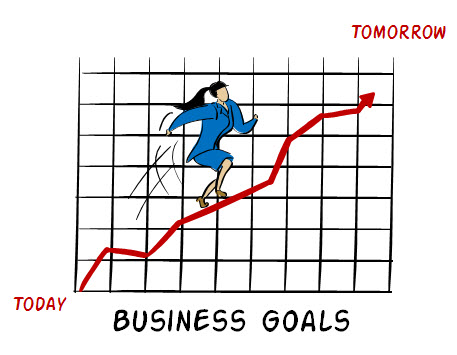
An elearning course is only a solution. Step away from the solution. Find out what the course is supposed to do and why that matters. It’s possible that you may talk the client out of an elearning project. That’s OK. You’ll save time and money by not creating a product that’s a waste of time and that adds real value.
What Type of Course Are You Building?
I put courses into one of two buckets. Is it about information or performance?
Information courses are more like marketing programs that promote awareness with no immediate performance expectations. They can also be performance support resources. They’re important to support performance requirements but they’re not necessarily focused on performance activities.
Some people suggest that all of these types of courses should become supporting documentation rather than an “elearning” course. That’s definitely a consideration. But with today’s tools building multimedia-based information is not any more difficult or expensive than building print documentation. So it’s just a matter or need and which solution meets it.
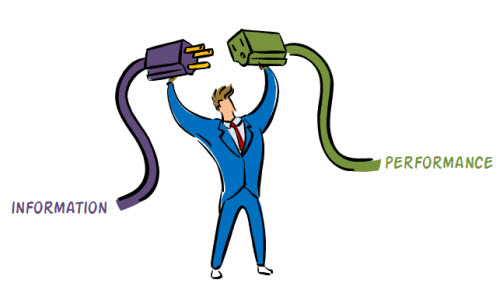
Performance courses are focused on activities. Instead of pulling together a bunch of information, create decision-making activities that mirror the types of decisions the learner needs to make away from the courses and in the real world.
Once you understand the type of course you’re building, you can create one that offers the most value. For example, an information course may not require a lot of interactivity (which takes more time to build). And in the same sense a performance course usually needs more than dozens of bullet point screens. Understanding the type of course allows you to put your resources in a place where you get the most bang for the buck.
Are You Saving Time or Reducing Costs?
Many times you don’t have access to the types of metrics that really demonstrate the course’s effectiveness. Or you may have to build things like annual refresher training where the metrics can be a bit fuzzy. If that’s your situation, then a great way to demonstrate value is to focus on the production process and determine where you can reduce cost or save time.

- Price out the cost of your courses if you were to hire them out. Then compare those costs to yours.
- Another metric is the difference between face-to-face training and offering the same online.
You may not always be able to state what the course accomplished, but you’ll definitely be able to state that what you provided was cost-effective.
Is Your Customer Satisfied?
While this doesn’t necessarily measure the effectiveness of the training it is still a legitimate measurement. When I start a project I negotiate a service level agreement with my client. Part of it details expectations, timelines, and outcomes.

At the end of the project, I forward this to the client to remind them that we successfully met the agreement. I try to do this right away while things are still fresh. If you wait until the end of the year, they’ll either not respond (because they’re too busy) or they tend to skew the feedback because they either want to seem balanced or they can’t recall exactly how the project concluded. You can avoid a lot of that by proactively collecting feedback.
As you can see, there a number of ways to prove your value and demonstrate success. You may not completely understand the ROI, but your customer does. When I hire the neighbor kid to mow my lawn I don’t expect him to email me a spreadsheet detailing everything he did. I just want to know the lawn’s taken care of.
In the same sense, you were hired to build a course. If you delivered it on time and to your customer’s satisfaction then trust that because you still have a job, you’re proving your value.
What are some things you’d recommend to the elearning developer that wants to know if they’re successful or not? Add your thoughts by clicking on the comments link.
Events
Free E-Learning Resources
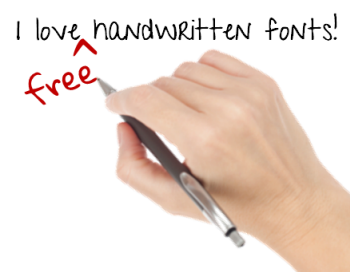
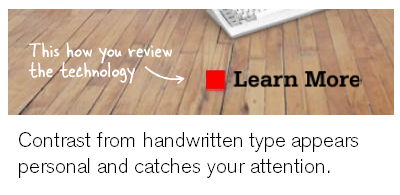













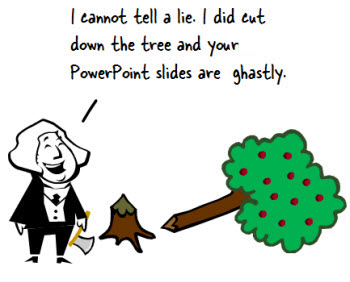
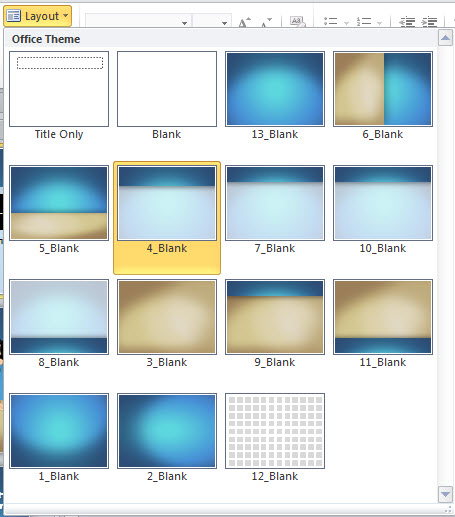
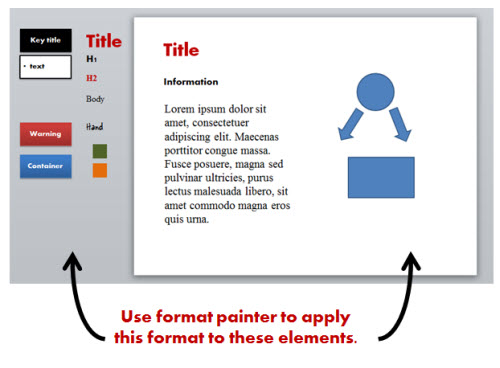
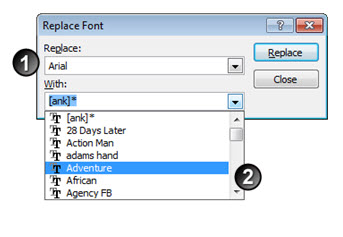



25
comments